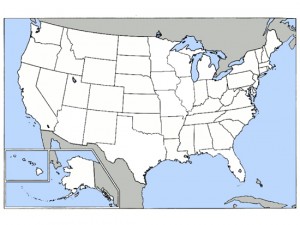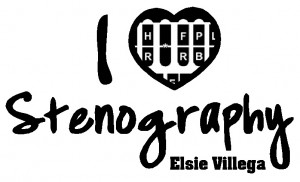 When attempting to master any language, the most basic and wisest course of action is reading the dictionary for that language. I would argue that the same can be said for steno.
When attempting to master any language, the most basic and wisest course of action is reading the dictionary for that language. I would argue that the same can be said for steno.
You should periodically read and edit your dictionary. I would especially advise reading and editing your dictionary at the point when you notice a drastic change in your writing style. Studying your dictionary at this pivotal period will reinforce the modifications that you have made to your writing, as well as encourage you to make mental notes of what you have chosen to “throw away” and what you have chosen to “keep.”
Personally, I have read and edited my dictionary in its entirety twice thus far. The first time was when I reached 180 WPM writing speed and realized that it would greatly benefit me to implement phrasing into my writing. The second time was after earning my AOD degree in court reporting. I want to bridge the gap between being a student and a working reporter.
As a student, your focus is often on gaining speed so that you can complete your school’s course of study within their allotted time parameters. Therefore, sometimes, there is neglect to methods of study that don’t focus on speedbuilding. I felt that in order to be a proficient working reporter, reading and editing my dictionary (among other things) was something I should concentrate on. Therefore, I dedicated a chunk of my time to this exhaustive endeavor.
At first, I was concerned that using a large percentage of my daily study time to once again become well acquainted with my dictionary would negatively affect my speed. However, I found that just the opposite occurred.
After completely reading and editing my dictionary, I had markedly less hesitation. I also felt a lot closer to being realtime ready. I felt very pleased and accomplished for building a strong realtime foundation (although I’m not totally doing realtime yet). I even got extremely nice compliments from reporters I sat in with who observed my screen while I was writing. (SIDEBAR: I have a small theater size laptop screen. They couldn’t miss it. Lol.)
Be sure in your quest for speed you don’t neglect your dictionary. You may not have the time to read your dictionary from beginning to end, but you can pace yourself. Even perusing a page full of definitions every few days can help your writing immensely.
Remember, dictionary study doesn’t solely include adding words to it. It also means having a working knowledge of what words, briefs, and phrases your dictionary contains; eliminating conflicts; coming up with a consistent writing pattern; and “taking out the junk.”
Love, Speed & Accuracy,
Elsie Villega
 Being a court reporter in Hawaii has the following requirements:
Being a court reporter in Hawaii has the following requirements:


